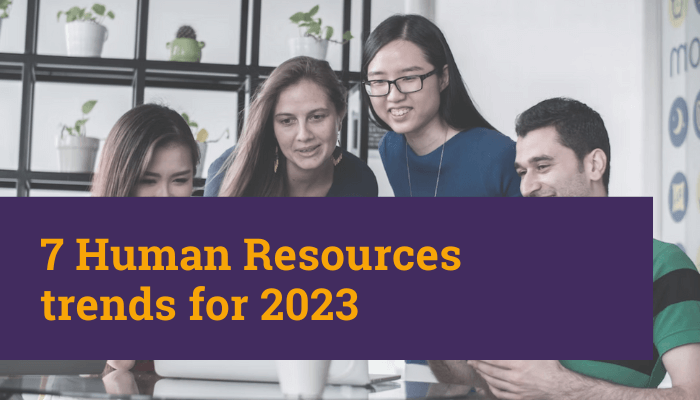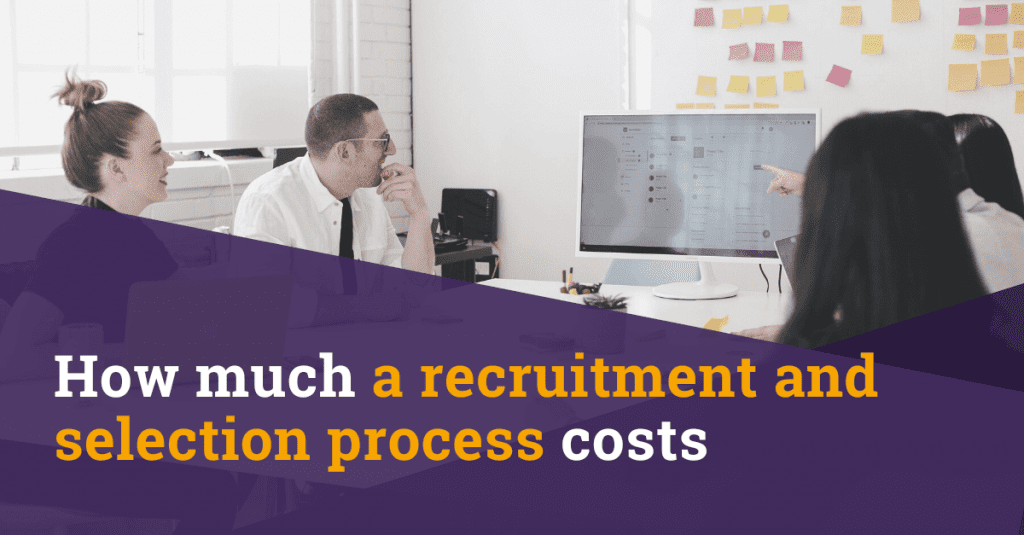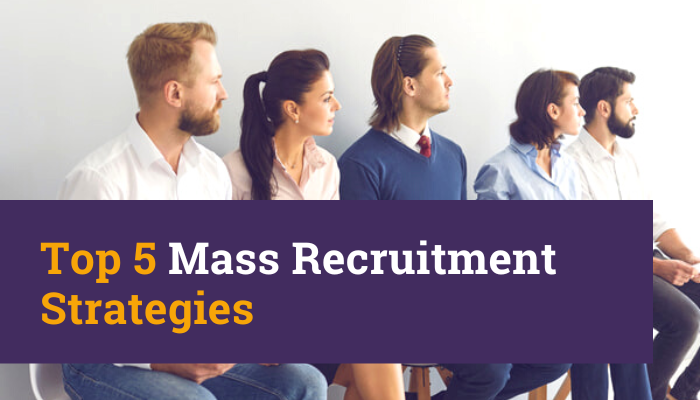Top 5 strategies for mass recruitment
When we talk about hiring a large number of employees in the shortest possible time, we refer to mass recruitment. This technique is usually implemented by companies that need to fill a high number of vacancies and do not have the time to carry out the filters that are common in the selection processes. What is mass recruitment? Basically, it is a selection process carried out by the human resources department of a company that can vary depending on the company’s needs and the conditions of the vacancy. In general terms, it is used to hire many qualified candidates for the same position. Although it is not common to find many companies that implement this form of recruitment, it is the most efficient solution when it comes to incorporating suitable candidates in short periods of time. That’s why it is essential to execute it in the best possible way. Therefore, we recommend 5 strategies that can be very useful when recruiting on a mass scale: 5 strategies for mass recruitment: 1. Define the vacancies to be filled To start this selection process, it is essential to begin by identifying and analyzing the needs of the vacancy. This will make it easier for you or your human resources team to filter candidates more efficiently according to the established conditions. Once the offer is defined, all you have to do is write it attractively and you’re ready to go! 2. Use digital platforms! The traffic that job postings can generate on social media today is massive. In fact, LinkedIn is one of the largest job portals worldwide, and it is a social network. Choose to publish your vacancy on all social media platforms and job portals. This will increase the likelihood of finding the largest number of candidates in the shortest possible time. However, try to avoid duplicate resumes, as they can waste your time and delay the achievement of objectives. 3. Use multiple-choice filter questions One way to simplify the process and see results in less time is to understand that mass recruitment does not involve conducting personalized interviews that take into account the soft skills of the candidates. On the contrary, this type of recruitment focuses on the studies and technical or professional skills of the interested candidates. The recommendation from TalentFY is to aim for filters that allow you to specifically determine what you are interested in, and conduct surveys or multiple-choice selection forms that provide you with metrics. Once you interpret the results, selecting the best candidates will be easier. 4. Job fairs Attending job fairs is always a good idea, especially if you are expanding your company. It is important to research the main fairs related to your sector and consider participating not only to promote your vacancies but also to promote your company. Depending on the type of fair you register for, these events can also expand your network of contacts and help you achieve your objectives. 5. Outsource the process If you don’t have enough time to implement these mass recruitment strategies or if you find it difficult to find the best candidates in a short period of time, your best option is to outsource the process. TalentFY can find the candidates you need in less than 10 days and guarantees you a simple selection process. The solution has never been so close at hand. Try our platform now!









